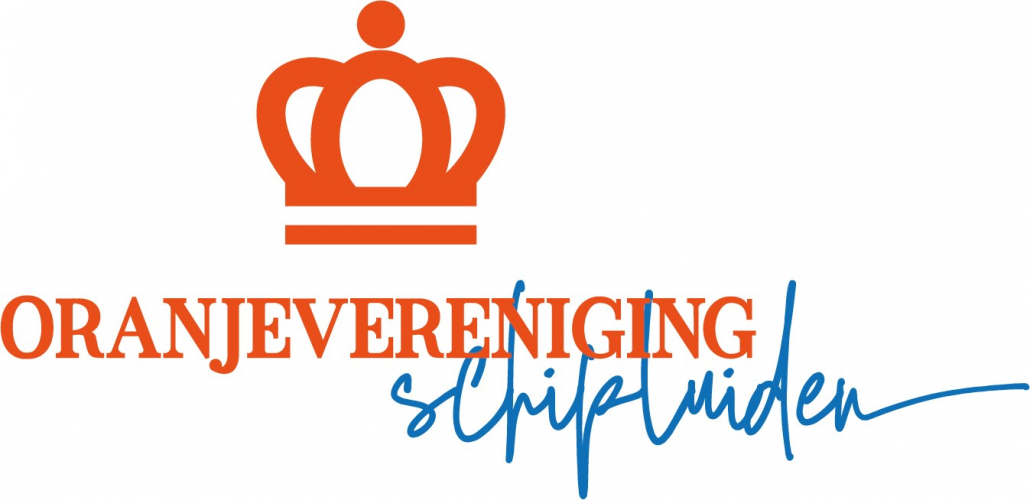Smart Watch on The GO
A smartwatch is a computerized wristwatch with functionality that goes beyond timekeeping. While early models can perform basic tasks, such as calculations, translations, and game-playing, 2010s smartwatches are effectively wearable computers. Many run mobile apps, using a mobile operating system. Some smartwatches function as portable media players, with FM radio and playback of digital audio and video files via a Bluetooth or USB headset. Some models, also called ‘watch phones’, feature full mobile phone capability, and can make or answer phone callsor text messages.
While internal hardware varies, most have an electronic visual display, either backlit LCD or OLED. Some use transflective or electronic paper, to consume less power. Most have a rechargeable battery and many have a touchscreen. Peripheral devices may include digital cameras, thermometers, accelerometers, altimeters, barometers, compasses, GPS receivers, tiny speakers, and SD card (that are recognized as a storage device by a computer).
Software may include digital maps, schedulers and personal organizers, calculators, and various kinds of watch faces. The watch may communicate with external devices such as sensors, wireless headsets, or a heads-up display. Like other computers, a smartwatch may collect information from internal or external sensors and it may control, or retrieve data from, other instruments or computers. It may support wireless technologies like Bluetooth, Wi-Fi, and GPS. For many purposes, a “wristwatch computer” serves as a front end for a remote system such as a smartphone, communicating with the smartphone using various wireless technologies. Smartwatches are advancing, especially their design, battery capacity, and health related applications.
the number one reason knitters knit is because they are so smart that they need knitting to make boring things interesting. Knitters are so compellingly clever that they simply can’t tolerate boredom. It takes more to engage and entertain this kind of human, and they need an outlet or they get into trouble.
Many smartwatch models manufactured in the 2010s are completely functional as standalone products. Some serve as sport watches, the GPS tracking unit being used to record historical data. For example, after a workout, data can be uploaded onto a computer or online to create a log of activities for analysis or sharing. Some watches can serve as full GPS watches, displaying maps and current coordinates, and recording tracks. Users can “mark” their current location and then edit the entry’s name and coordinates, which enables navigation to those new coordinates. As companies add competitive products into the market, media space is becoming a desired commodity on smart watches.
With Apple, Sony, Samsung, and Motorola introducing their smart watch models, 15% of tech consumers use wearable technologies. This is a dense market of tech consumers who possess buying power, which has attracted many advertisers. It is expected for mobile advertising on wearable devices to increase heavily by 2017 as advanced hypertargeting modules are introduced to the devices. In order for an advertisement to be effective on a smart watch, companies have stated that the ad must be able to create experiences native to the smart watch itself.
“Sport watch” functionality often includes activity tracker features as seen in GPS watches made for training, diving, and outdoor sports. Functions may include training programs (such as intervals), lap times, speed display, GPS tracking unit, Route tracking, dive computer, heart rate monitor compatibility, Cadence sensor compatibility, and compatibility with sport transitions (as in triathlons). Other watches can cooperate with an app in a smartphone to carry out their functions.
They may be little more than timepieces unless they are paired, usually by Bluetooth, with a mobile phone. Some of these only work with a phone that runs the same mobile operating system; others use a unique watch OS, or otherwise are able to work with most smartphones. Paired, the watch may function as a remote to the phone. This allows the watch to display data such as calls, SMS messages, emails, and calendar invites, and any data that may be made available by relevant phone apps. Some fitness tracker watches give users reports on the number of kilometers they walked, hours of sleep, and so on.


